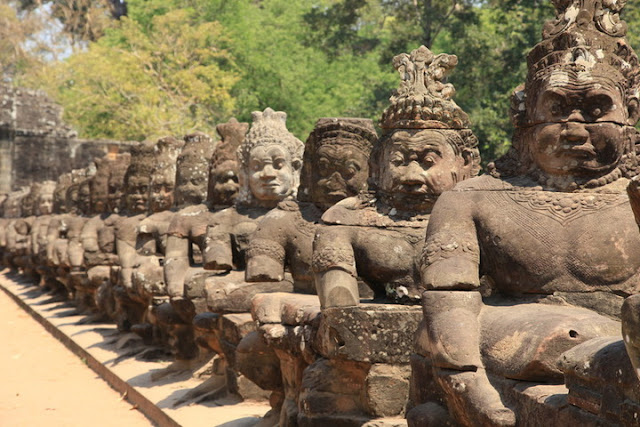Friday, 9 September 2016
Facts your must know about Angkor Temples
Labels:
Temple,
Top Category
Subscribe to:
Post Comments (Atom)





No comments:
Post a Comment